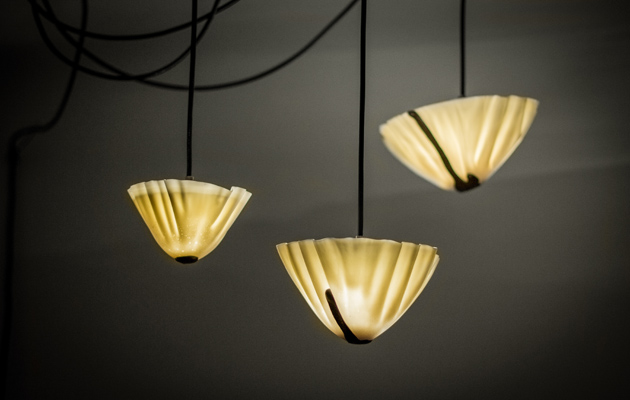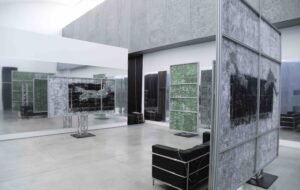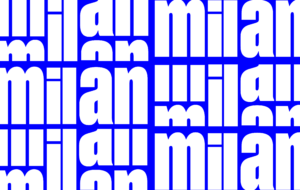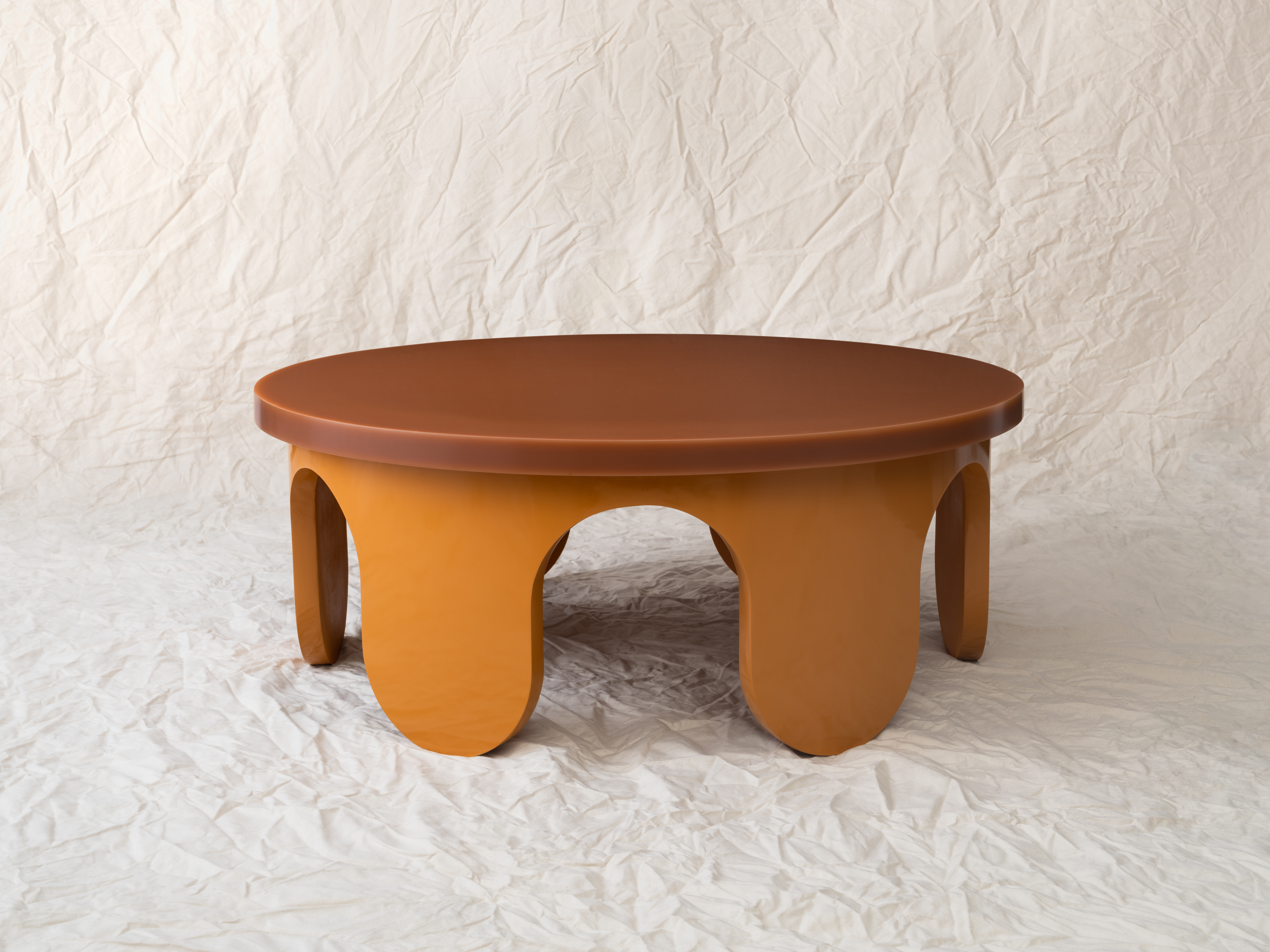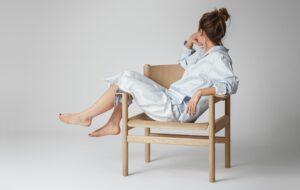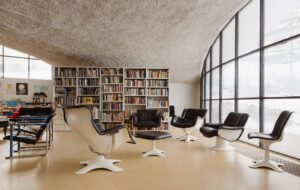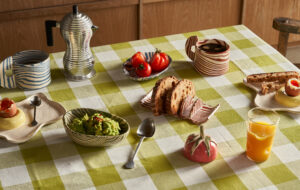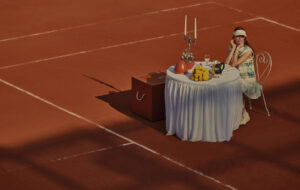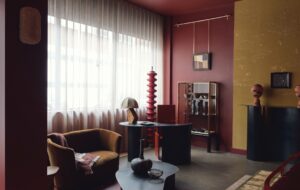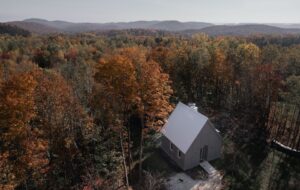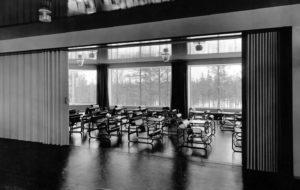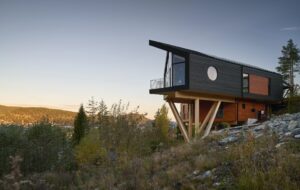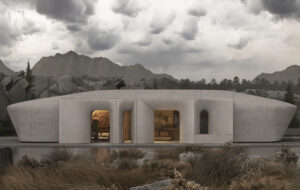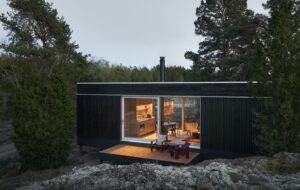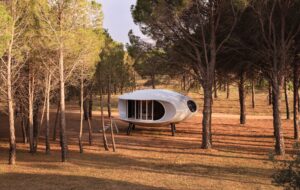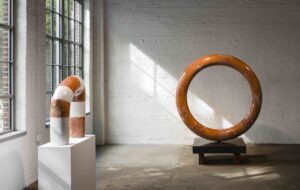|
A show at New York’s Museum of Arts and Design reveals more about the diversity of contemporary Latin American design than its geographic specificity A show at the Museum of Arts and Design in New York tells the story of contemporary designers in Latin America whose practices are informed by global design discourse, but also local artistic cultures, including local craftsmen and folk artisans. New Territories: Laboratories for Design, Craft and Art in Latin America is organised by city, each of which curator Lowery Stokes Sims has assigned a theme to create “biomes” of community and culture. The Mexico City and Oaxaca section is called “Moving craft into the future through collaborations with artists and designers”; Caracas is about “Conversations with artistic legacies”; São Paulo and Rio de Janeiro explore “Upcycling and repurposing objects”; Santiago and Buenos Aires are about “Cultivating collectivity and experimentation in design and craft”; San Salvador and San Juan relate to “Developing new markets for design”; and Havana is about “Navigating personal and civic space”. This system of organisation is good in theory, but the geographic underpinnings don’t shine through as much as one might wish. It is unclear in the exhibition exactly how these “biomes” form or function. They might be useful as curatorial dividers, but they don’t help to explain the ideas or themes. The intellectual and social connections are not really shown and would still be implied without the cities. Luckily, the themes are strong enough that it doesn’t matter. It is immediately apparent in most of the works why they were grouped they way they are. For instance, in “Conversations with artistic legacies”, design history takes centre stage and historic influences can be seen clearly as contemporary designers riff off the masters. In Edgar Orlaineta’s Mask II (DCW) After Charles Eames, the iconic bent plywood chair is deconstructed into something completely different. In Totem after Ettore Sottsass, the famous Carlton bookshelf is recast in steel, glass and mirror, giving it a haunting, ghostlike quality. Perhaps the most idiosyncratic work is bundled into the Mexico City and Oaxaca section: “Moving craft into the future through collaborations with artists and designers”. Here, designers harness the rich craft and art traditions of Latin America, while engaging with new technologies and techniques. For example, Mexico City’s DFC design label has collaborated with a network of artisans to produce ceramics with graphics that show “a romanticised vision of pre-Columbian life and design with references to contemporary and modern art, pop culture, sex, science fiction and modern savagery”. While the Latin American flavor is strong, the exhibition also shows off some less regionally-based work. In “Cultivating collectivity and experimentation in design and craft” (Santiago and Buenos Aires), design experiments that could be from anywhere show off the world-class design that is being produced in Latin America. Chilean collective gt2P‘s Porcelain vs Lava Lights (below), for example, are produced using a sophisticated technique that would be at home in Eindhoven. |
Words Matt Shaw
New Territories: Laboratories for Design, Craft and Art in Latin America |
|
|
||
|
|
||


